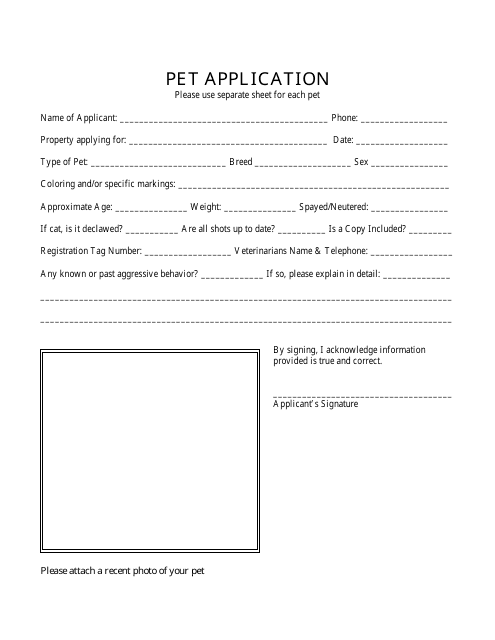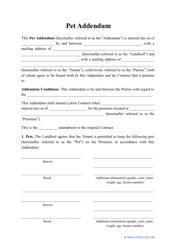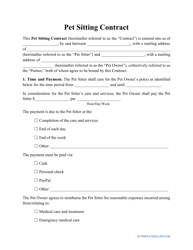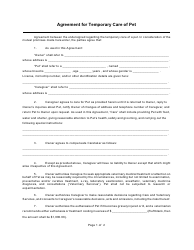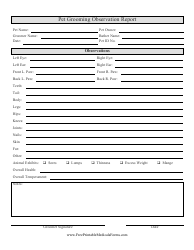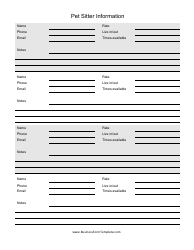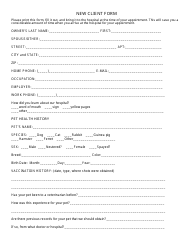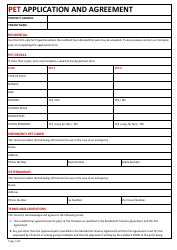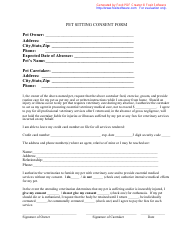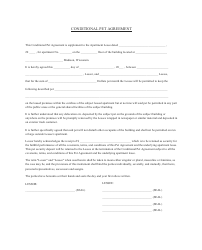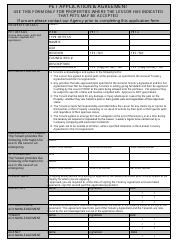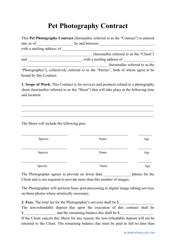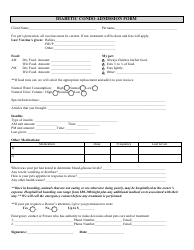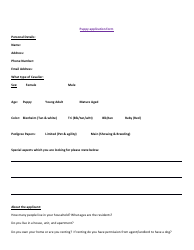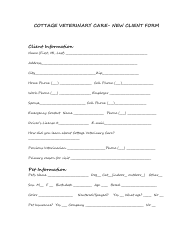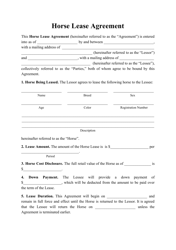Pet Application Form
A Pet Application Form is typically used by landlords or property managers to gather information about potential tenants who have pets. It helps them assess the suitability of a pet and ensure that any pet-related rules or regulations are followed by the tenant.
The owner of the pet typically files the pet application form.
FAQ
Q: What is a pet application form?
A: A pet application form is a document used by landlords or property managers to gather information about tenants who want to have pets in their rental property.
Q: Why is a pet application form needed?
A: A pet application form is needed to inform the landlord about the type of pet the tenant wants to have, including its breed and size, as well as to assess whether the pet will be a good fit for the rental property.
Q: What information is typically included in a pet application form?
A: A pet application form typically includes the tenant's contact information, details about the pet such as its breed, size, and age, vaccination records, and references from previous landlords or veterinarians.
Q: Can a landlord refuse a tenant's request to have a pet?
A: Yes, a landlord has the right to refuse a tenant's request to have a pet if it goes against the terms of the rental agreement or if having a pet poses a risk to the property or other tenants.
Q: Can a landlord charge extra fees for having a pet?
A: Yes, a landlord can charge extra fees for having a pet, such as a pet deposit or pet rent. These fees are used to cover any potential damages that may be caused by the pet.
Q: Can a landlord require pet owners to have renters insurance?
A: Yes, a landlord can require pet owners to have renters insurance that covers any damages or injuries caused by the pet.
Q: Are there any laws protecting tenants with pets?
A: Laws regarding pets in rental properties can vary by state and municipality. However, some jurisdictions have laws that protect tenants from unfair pet-related policies or restrictions.
Q: What should tenants do if their pet causes damage to the rental property?
A: Tenants should inform their landlord immediately if their pet causes any damage to the rental property and take responsibility for repairing or paying for the damages.
Q: Is there a limit to the number of pets a tenant can have?
A: Yes, there may be a limit to the number of pets a tenant can have in a rental property. This limit is usually specified in the rental agreement or determined by the landlord's pet policy.
Q: What can tenants do if their landlord denies their pet application?
A: If a landlord denies a tenant's pet application, the tenant can try negotiating with the landlord or providing additional information to address any concerns. If all else fails, the tenant may need to consider finding a pet-friendly rental property.
